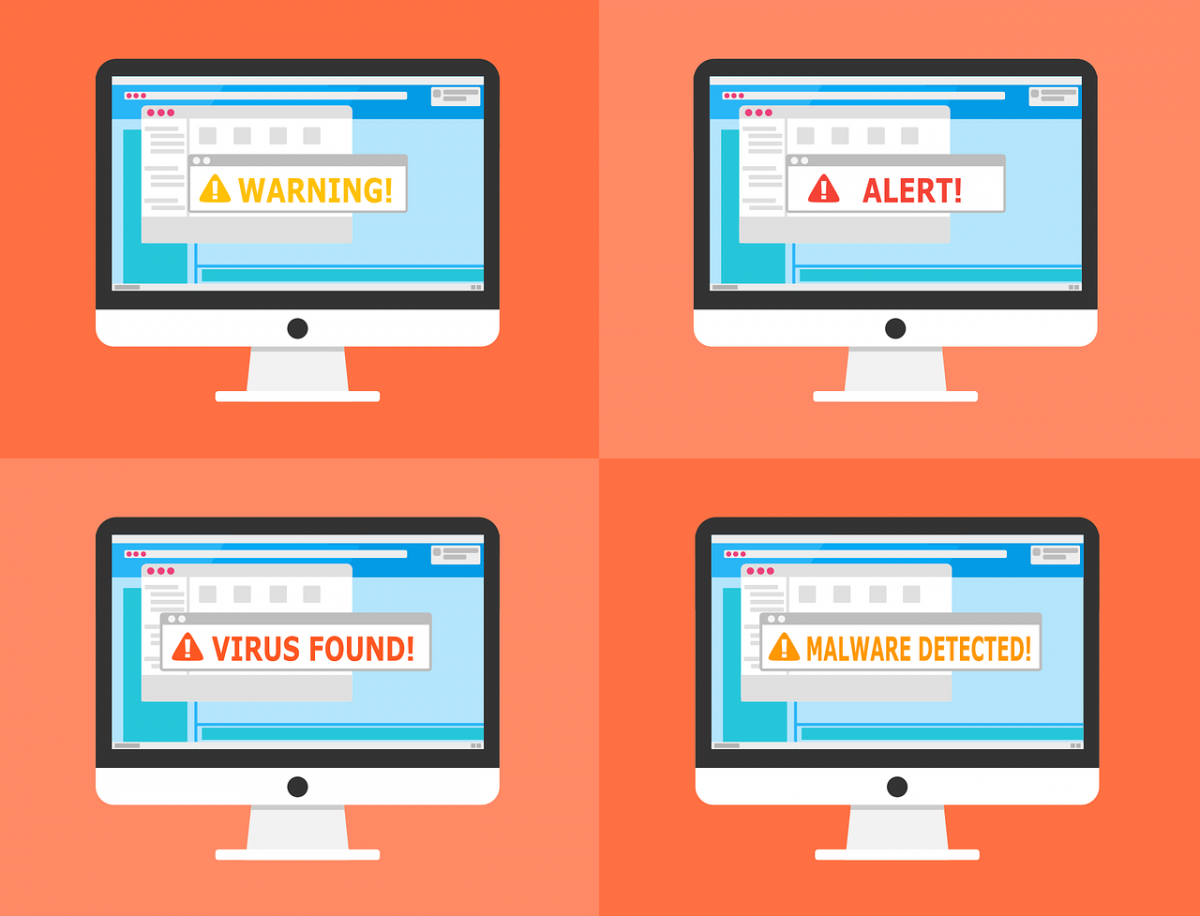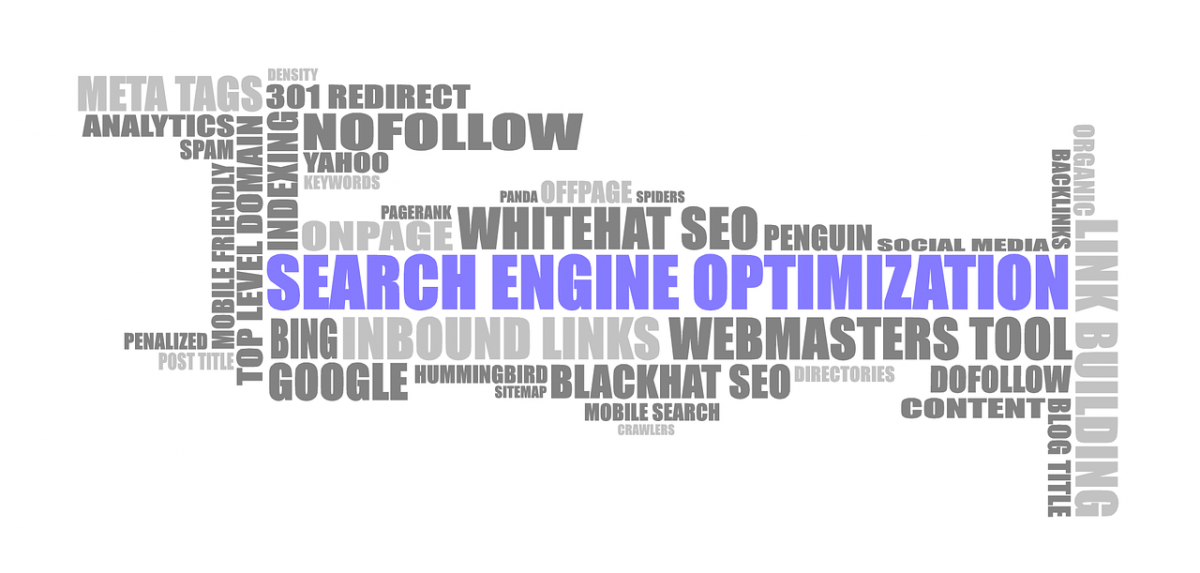If your business has never written a press release, you might be missing out. They’re a powerful tool for brand awareness and maintaining your business’s public image. More importantly, they’re arguably among the best tools for addressing controversies with the potential to break your brand.
Don’t just dive in and start writing, though. Press releases aren’t like other content. They require a very specific approach in order to be effective.
Here are three of the most important characteristics in that regard.
Newsworthy Content
First and most importantly, make sure you have something important and relevant to say.
This could be one of your executives offering expert commentary on current events. It could be a newsworthy action by your company, such as the receipt of a major award, the launch of a new product, or the addition of new infrastructure. It could be a survey your company recently commissioned or your response to a controversial incident.
Regardless of what route you choose to take, your content needs to be current. Basically, you need to make sure that you’re actually writing content that people will be interested in reading. Content that journalists, should they discover your press release, would be interested in covering.
The most important thing to keep in mind here is that your press release is not marketing copy. Your language needs to be professional and concise. It needs to be focused on the facts, and avoid appeals to emotion or wild assertions.
An Attention-Grabbing Hook
As with any other content, your header, subhead, and introduction are among the most important components of an effective press release. Write them to be attention-grabbing without being too sensationalist. Ask yourself what someone who reads this press release would be most interested in reading or hearing about, and focus on that.
Note that you should also include a date and location within the first sentence of your press release, as well as a brief summary of your company and the event that’s taking place.
Company Boilerplate
Last but certainly not least, a press release must conclude with a boilerplate description of your company, as well as information for anyone who wants to reach out to your media contact.
As far as boilerplate is concerned, note that it is not an elevator pitch. As with the content itself, you want to avoid using any flashy marketing language or making any inaccurate assertions. Instead, this section should be a summary of the most important and relevant details about your organization, no longer than a paragraph.
Spread the Word
Provided you’re able to write professional copy and an effective introduction, a press release can be a powerful tool in the right hands. A mechanism for managing both awareness of your brand and your brand’s public image. As long as you have something to say, press releases are an excellent format in which to say it.









